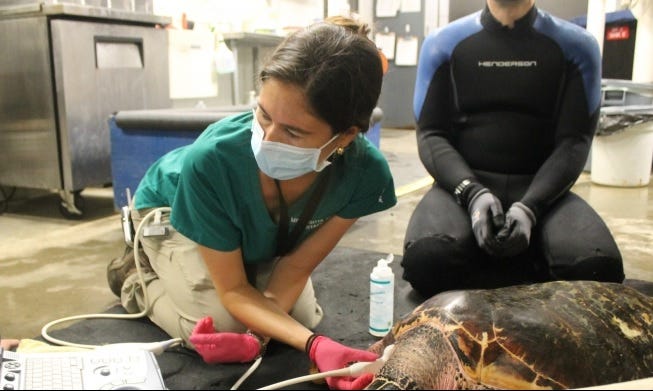
Minnesota Zoo is working to close a funding gap for their plans to build a new state of the art animal hospital.
The $25 million project is well on its way to becoming a reality, thanks to $11 million from the state legislature's $700 million capital investment bill, plus additional private funding.
Director of Animal Health Dr. Annie Rivas says this facility will replace an existing 50-year-old building, and will be designed to serve as a global hub for animal science education.
"If there were ever a need to say, hospitalize a great ape, we could do that in the same room that we would be able to hold a brown bear," says Rivas. "And so looking at that diversity and design, you know, we're futureproofing for any needs that might come up either for us or for local partners within the state."
The Zoo is still looking for another $3 million in private donations to begin work on the facility which includes some major tech upgrades.
"With a CT scanner, that is a piece of equipment that we don't currently have," explains Rivas. "We have some pretty unique species that you can't take standard X-rays of. If you think of a porcupine or an armadillo, X-rays are not the best way to see inside of them."
The hospital will also serve as a teaching institution, offering animal science education to veterinary students from around the world.
They hope to break ground sometime next year. Some of the investments would include:
An ambulance bay for safe animal transport, nutritional laboratory for diet analysis and preparation, intensive care unit for small and large animals housed at the Zoo, animal surgical suite and aseptic holding facilities for large-animal species, and conference and education programmatic space for visiting veterinarians.
The zoo’s current animal hospital lacks the essential infrastructure to meet U.S. Department of Agriculture and veterinary standards, Rivas said. Animal holding spaces are inadequate, and the surgical area is too small and lacks proper ventilation.
